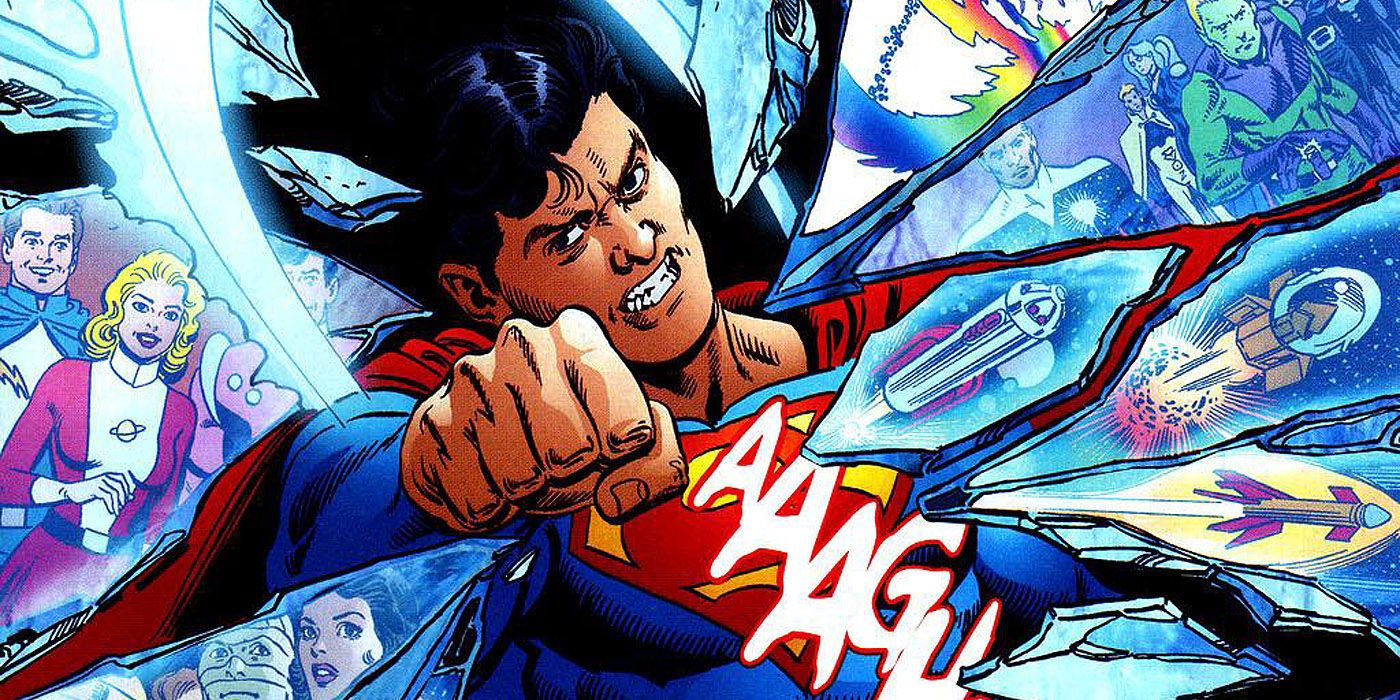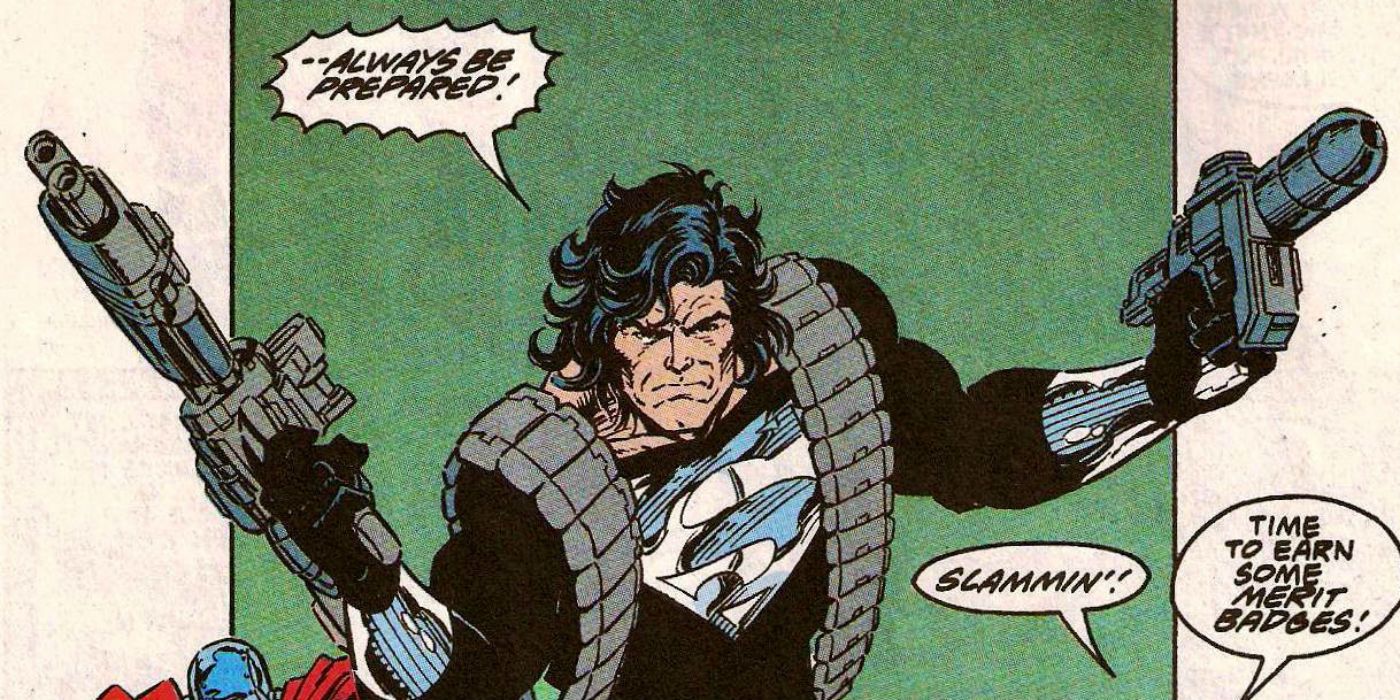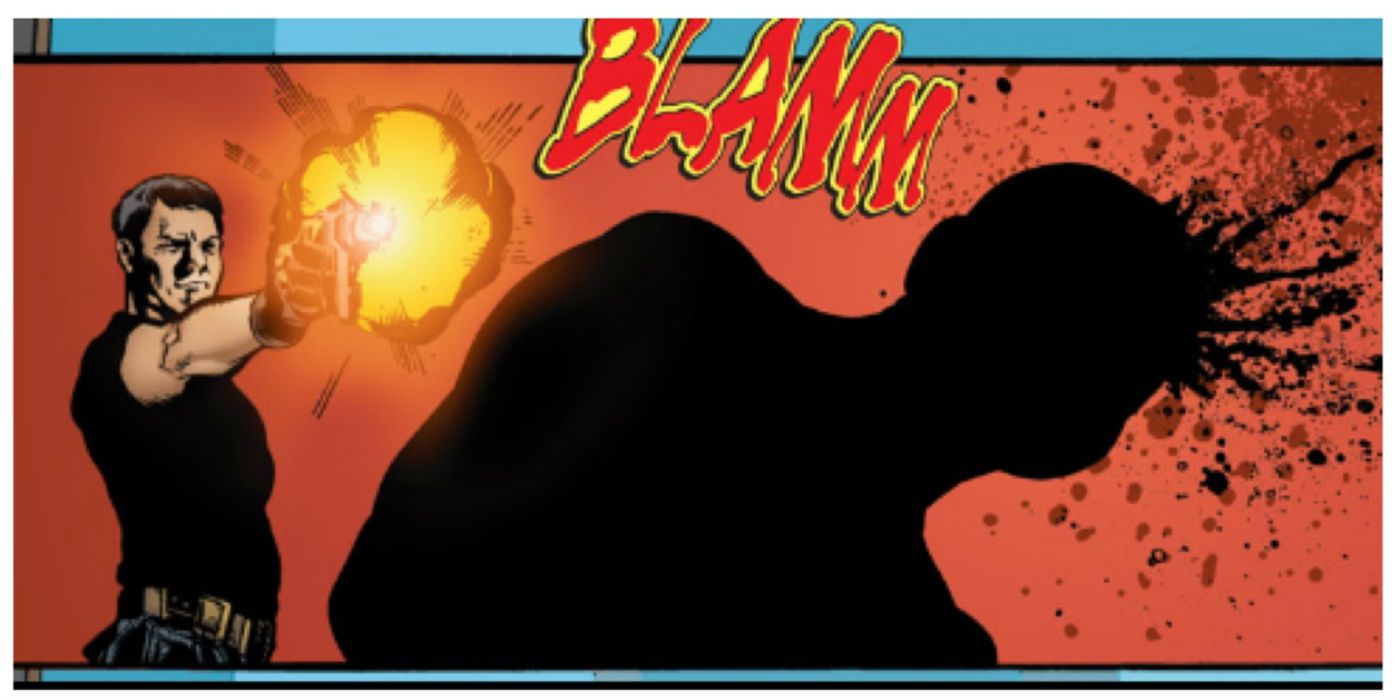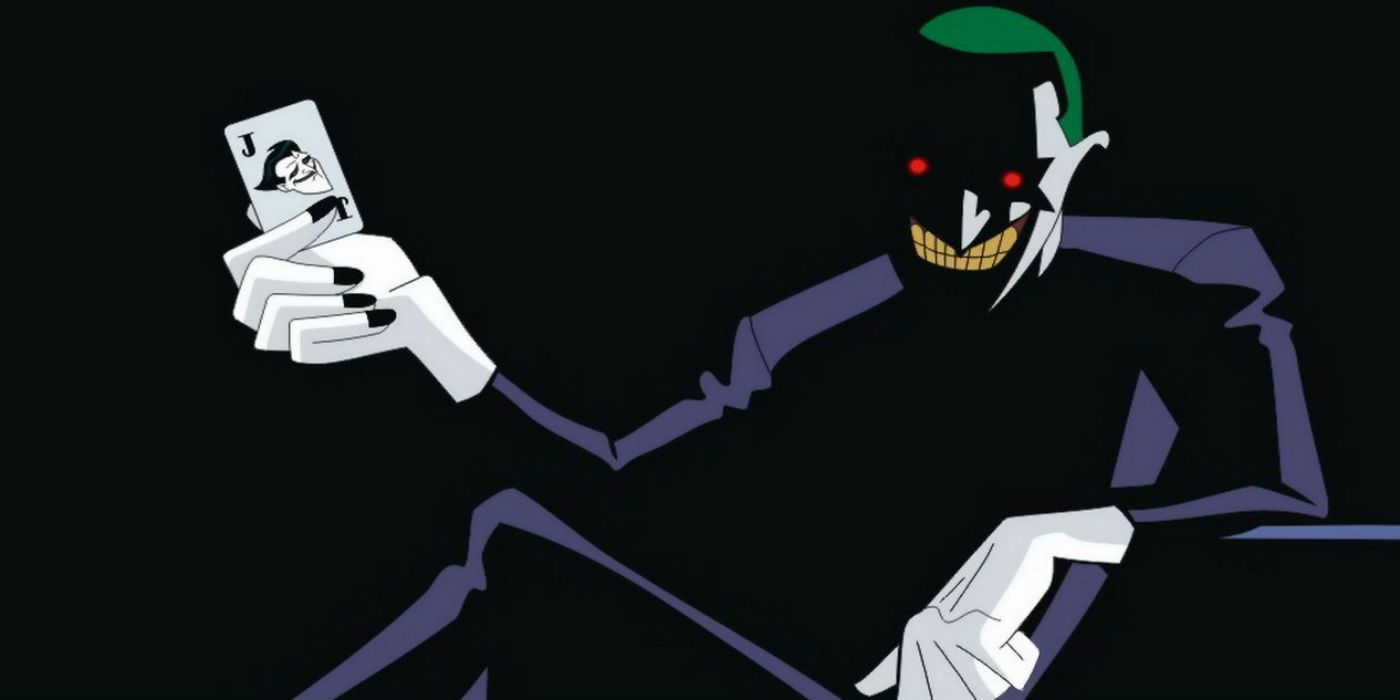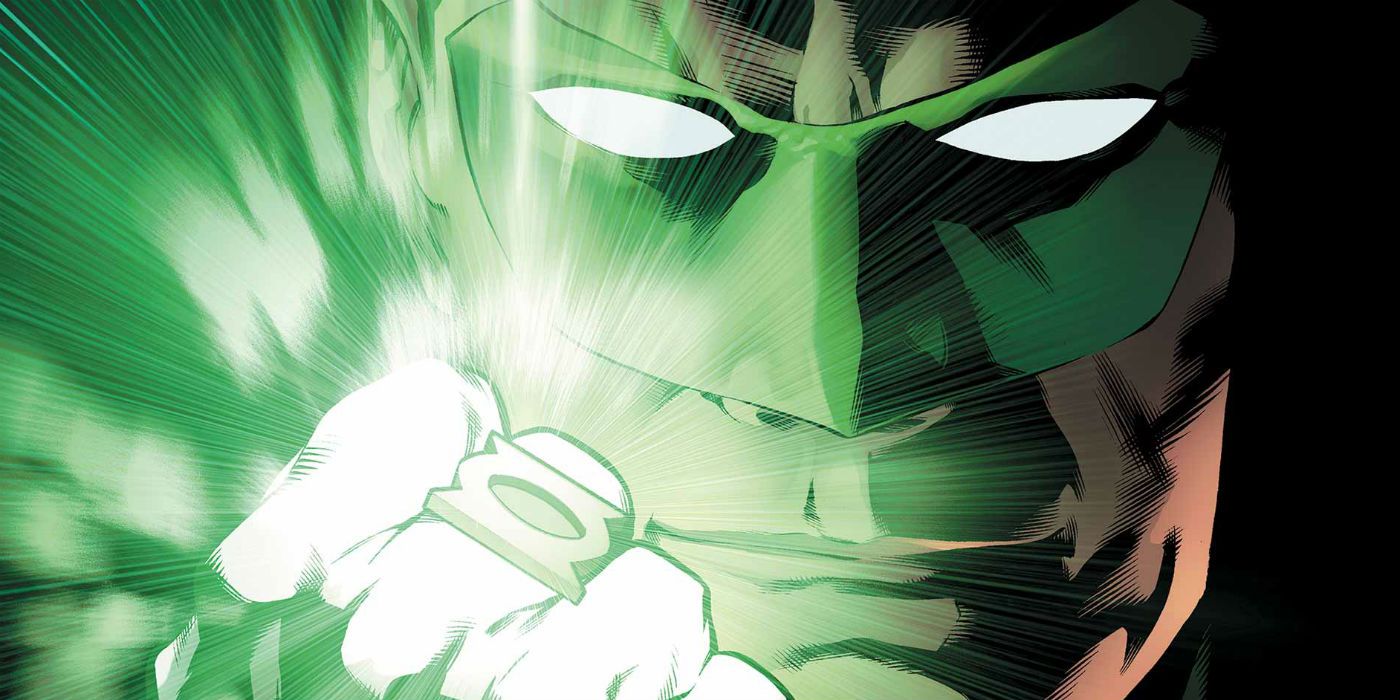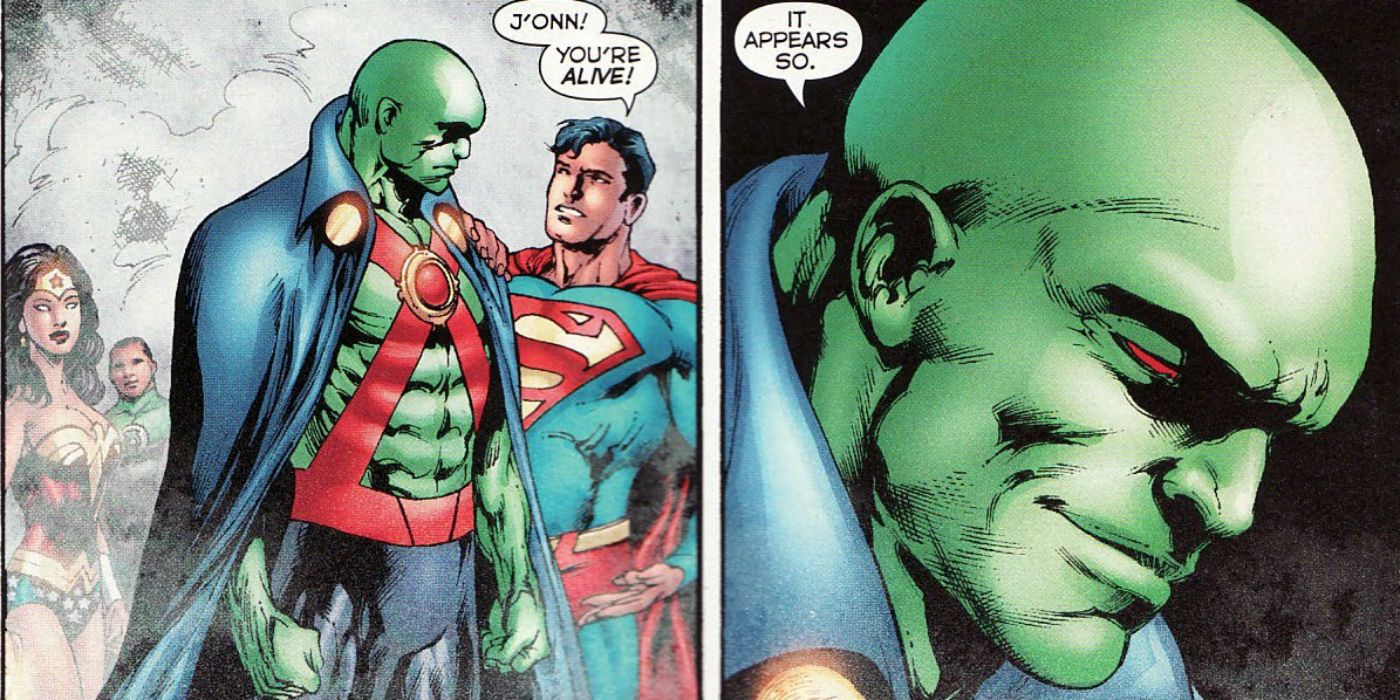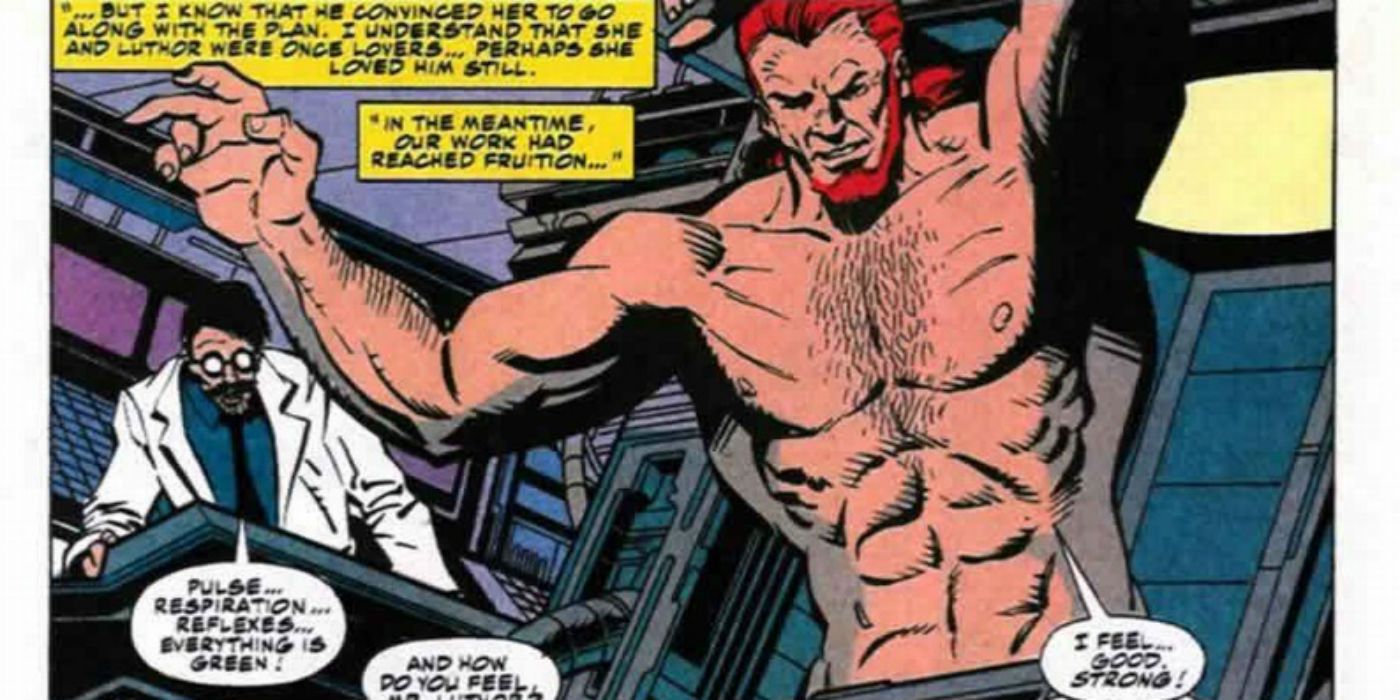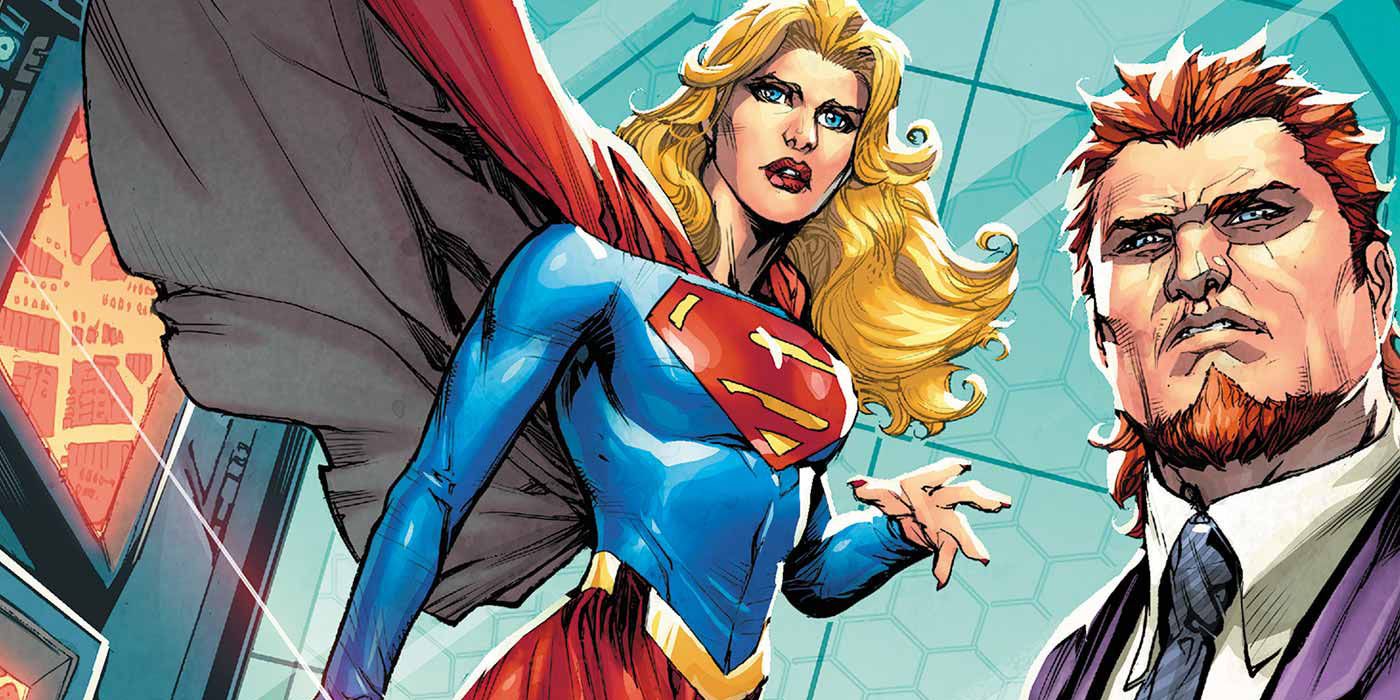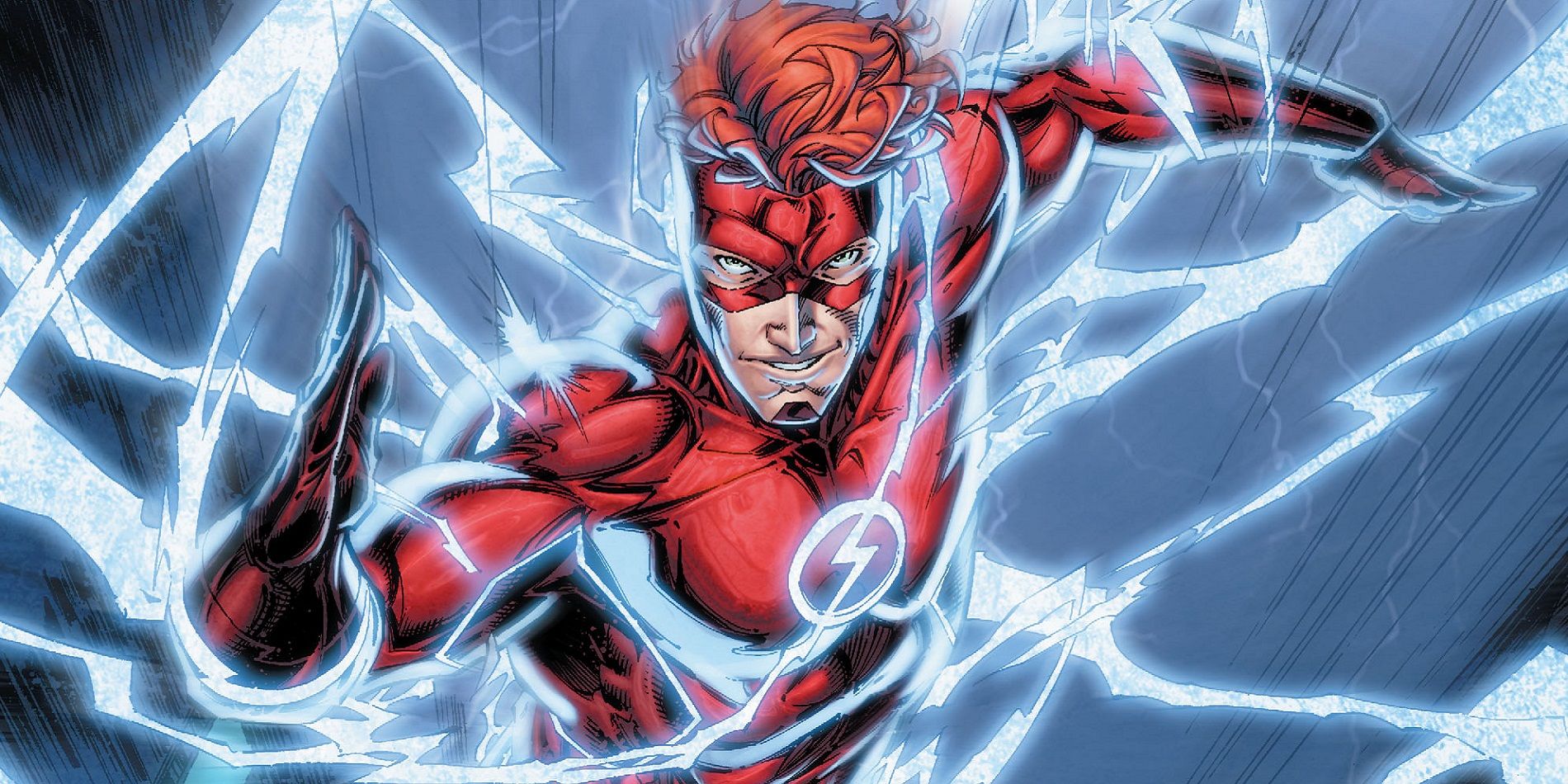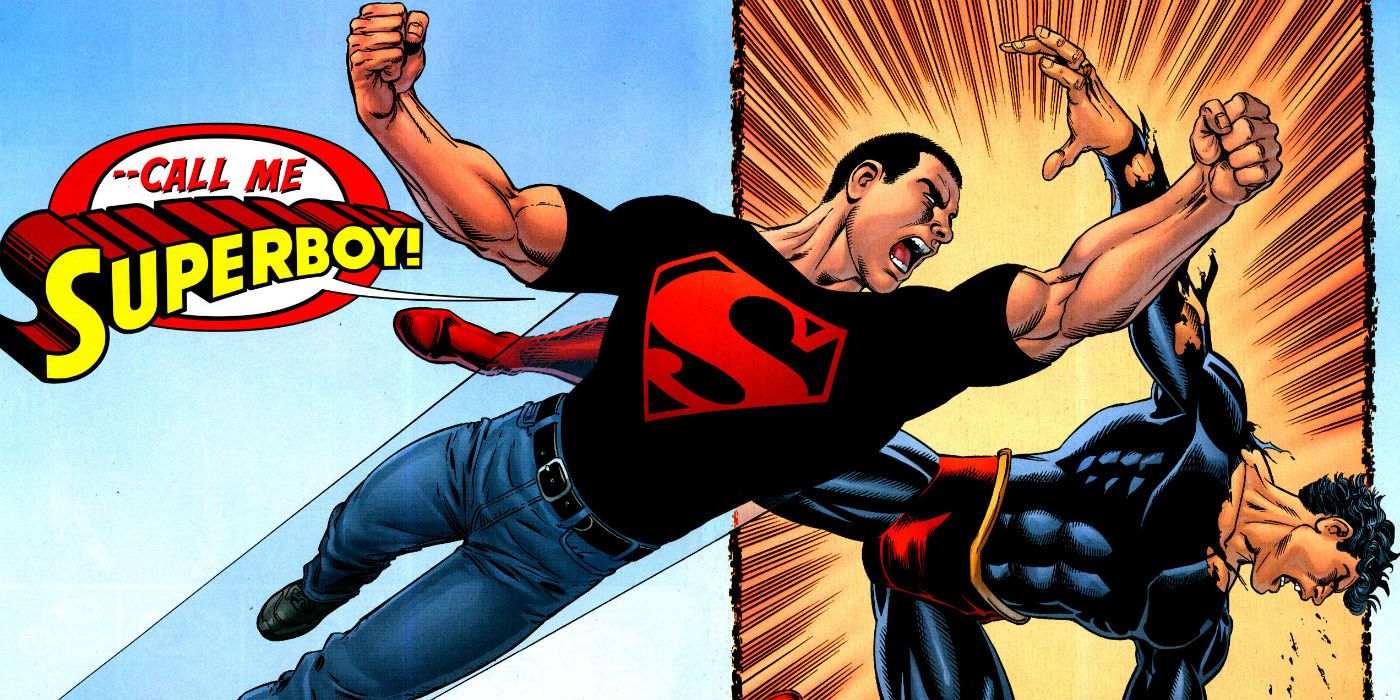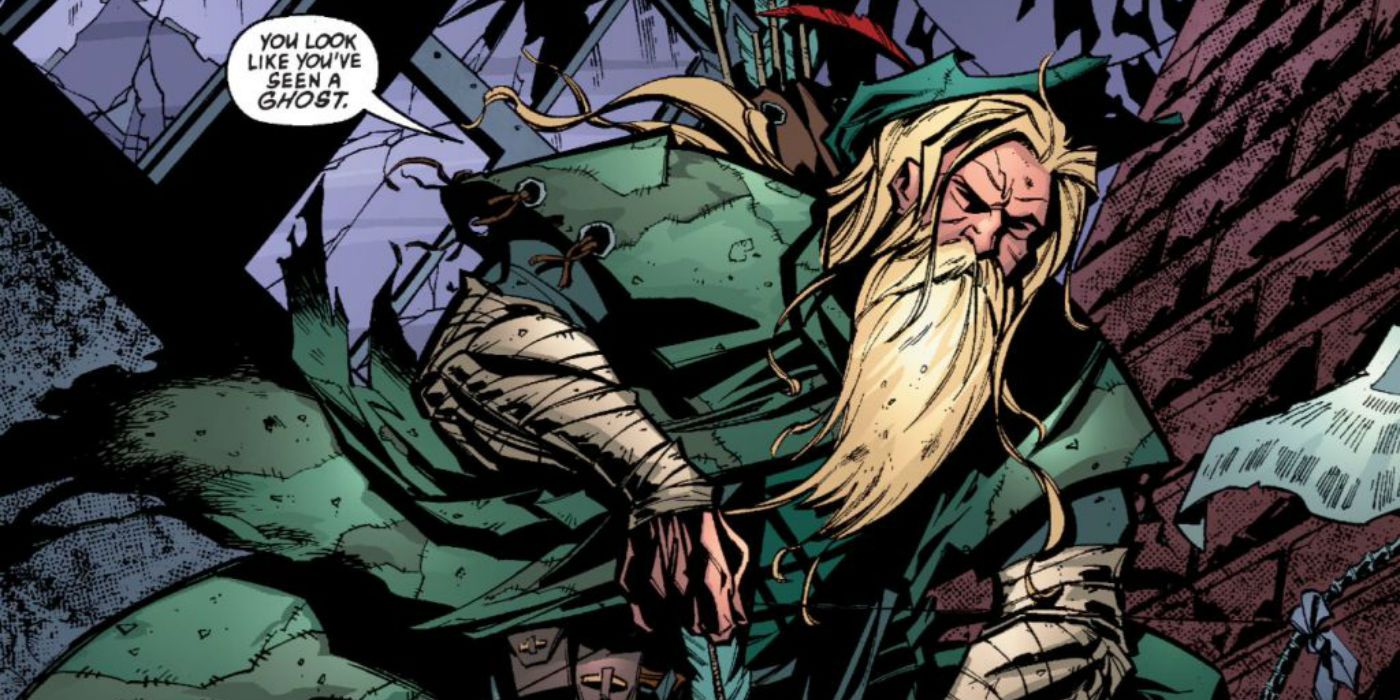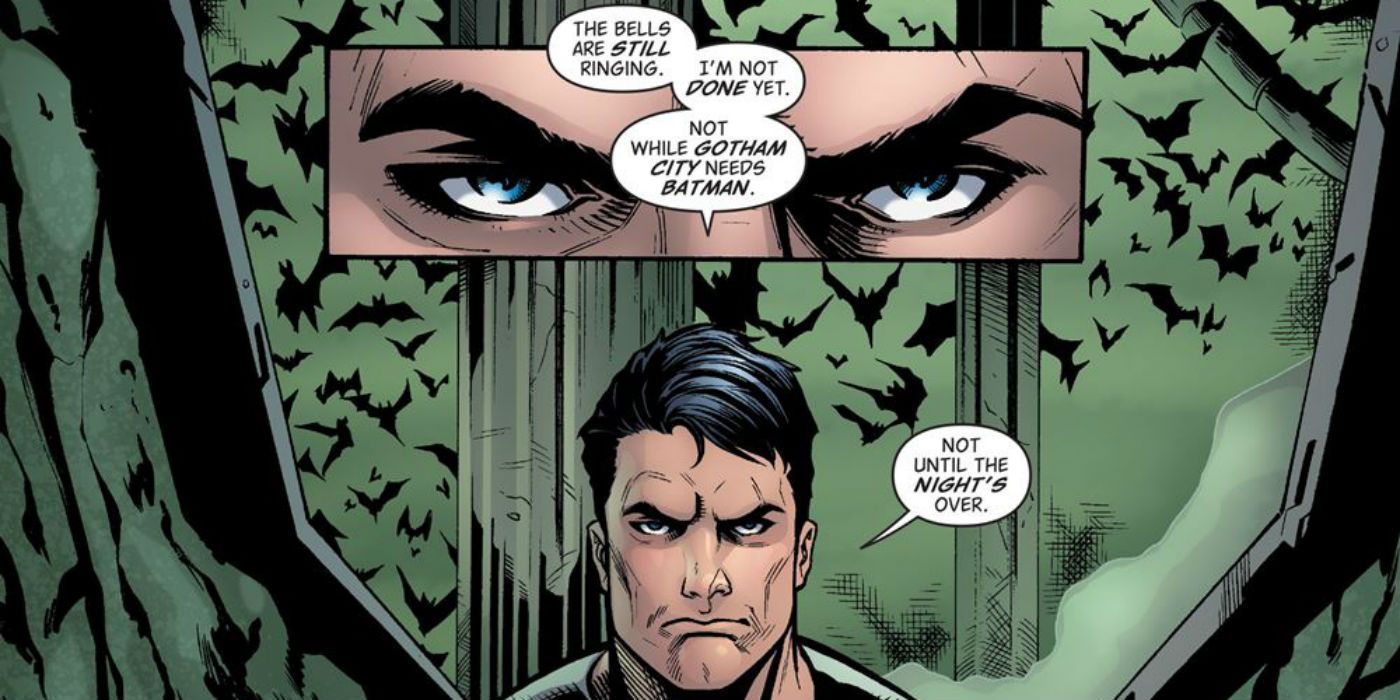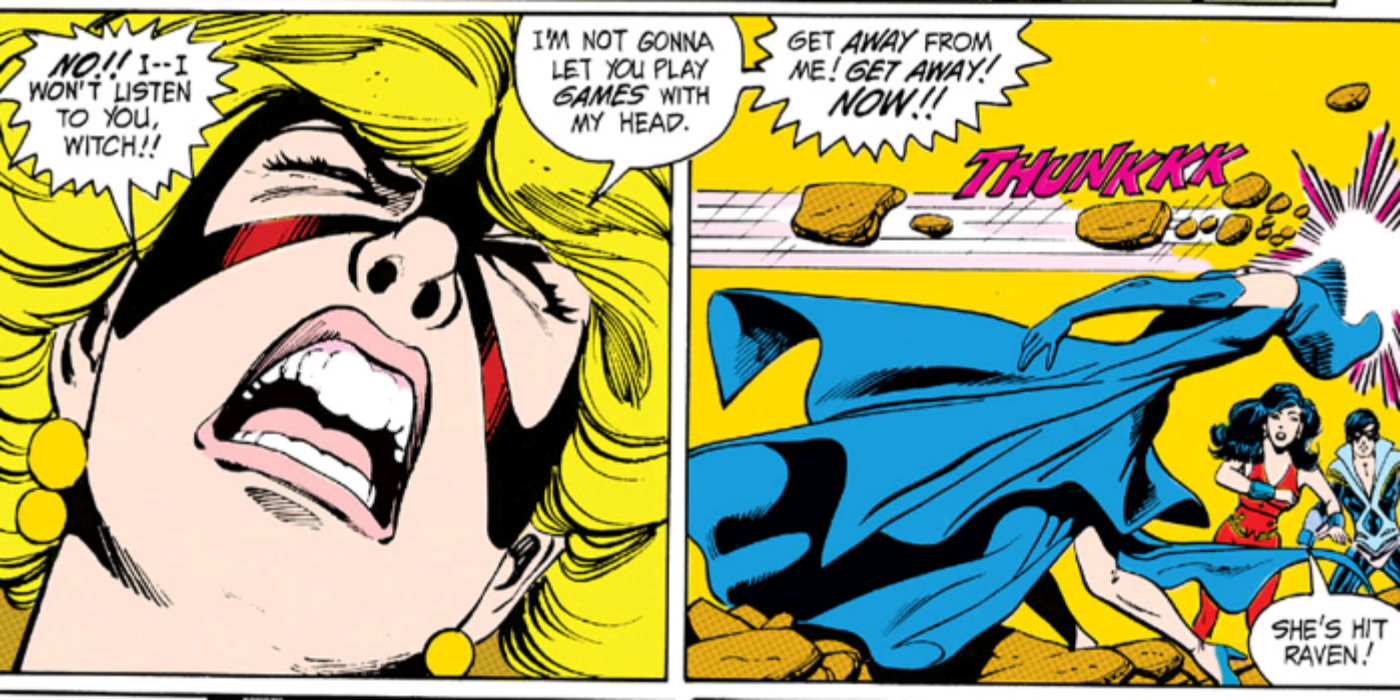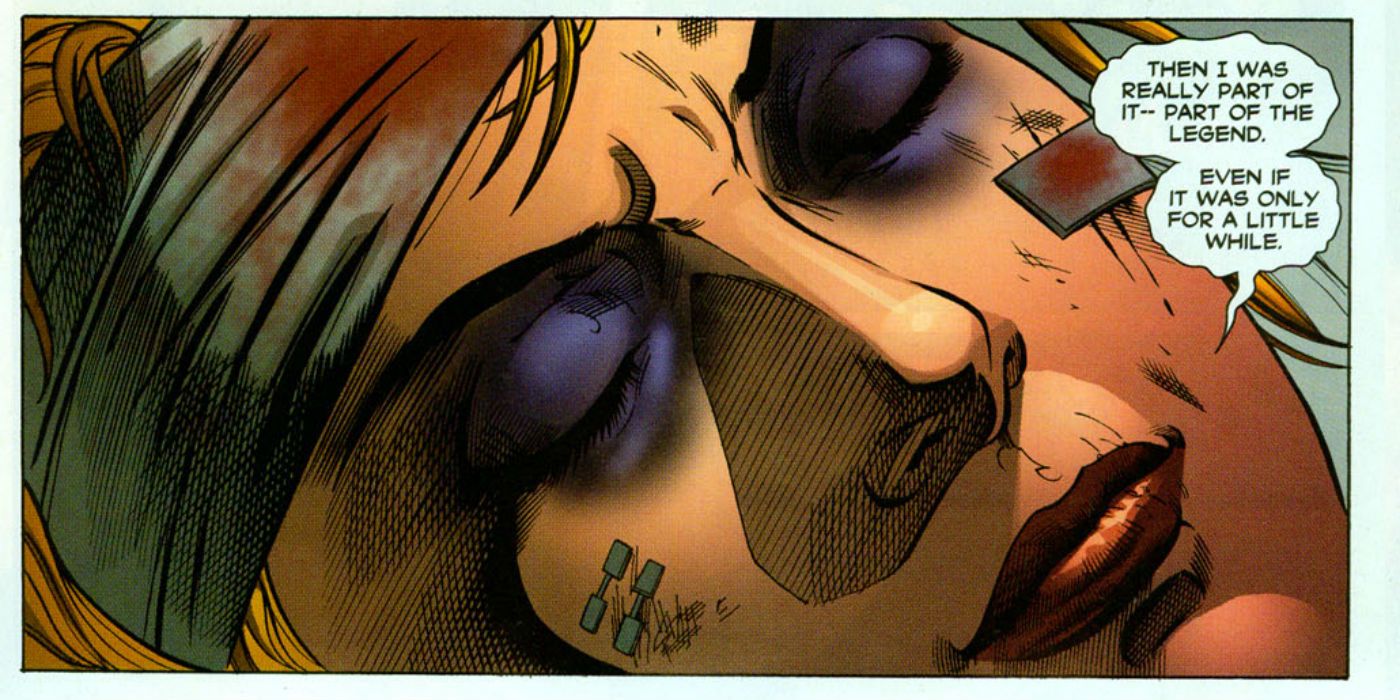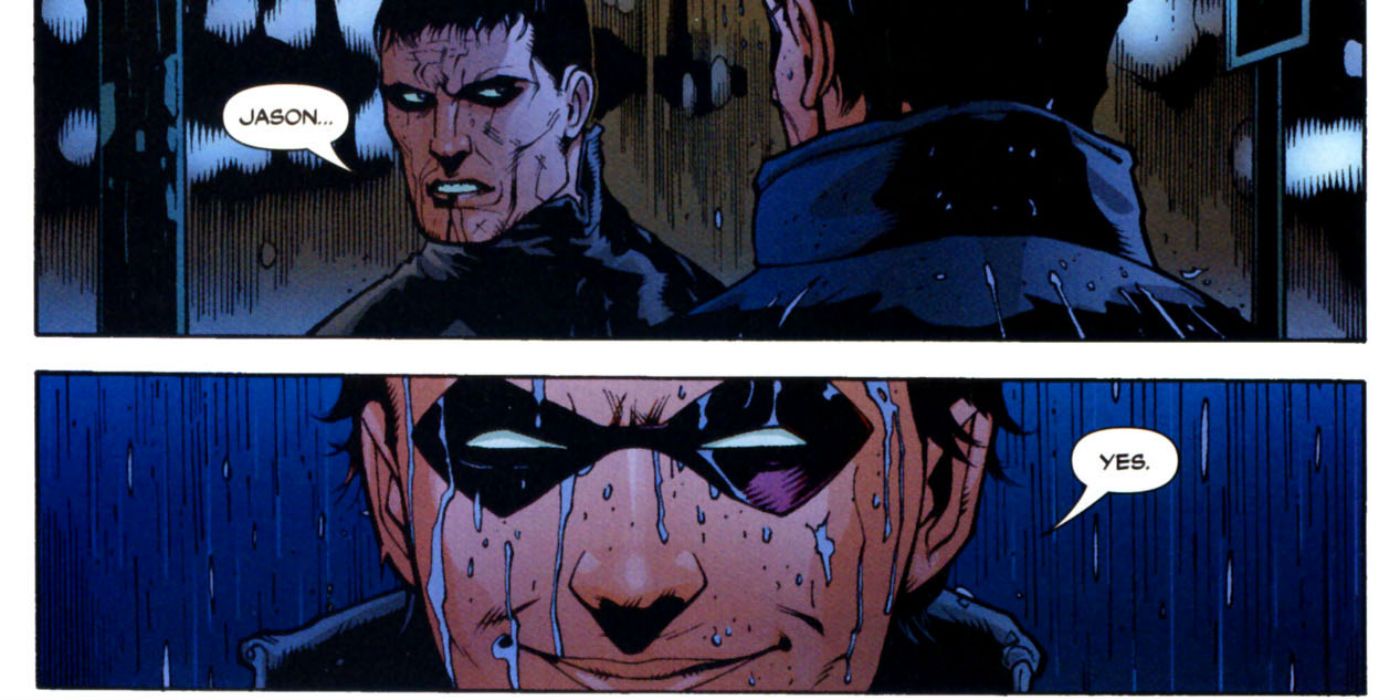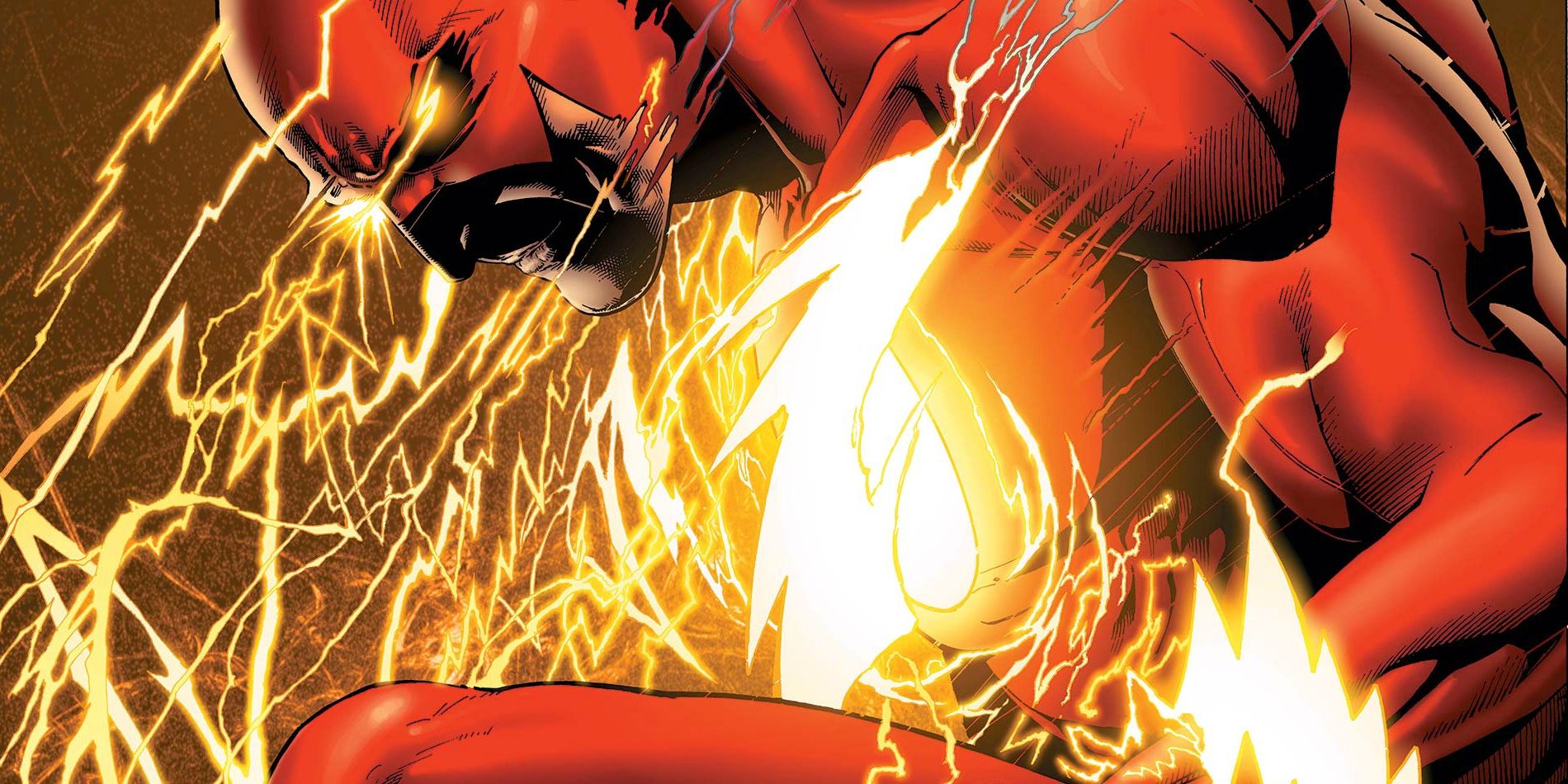The only move that sells more comics than killing a character is bringing them back. It's a tired trope that still manages to sell, even while fans deride and complain about its overuse. Characters live and die only to return under bizarre or nonsensical circumstances that are immediately forgotten as they move on to the next adventure.
They say that we've told all the stories that there are to tell. In the case of comic book resurrections, it is undoubtedly true. Explanations have included any number of tired genre clichés from robots, time travel, clones, evil twins, alternate realities--and in the case of one character on this list, an off-panel resurrection that was eventually dropped and never brought up again. Although we will see many of these plot devices show up over the course of this article, there will be plenty of opportunities to see what awful reasons were given for a resurrection that could have been avoided had anyone thought not to pull the trigger in the first place.
Sometimes in comics, the only thing that is worse than killing a character is bringing them back.
These are the 15 Most Frustrating Resurrections In DC Comics History.
15. Superman
The Death of Superman was a landmark. From its decreasing panel structure to its sense of impending dread, the story overcomes the two-dimensional problems of its villain to become an instant classic. Funeral for a Friend was a great character study and fitting tribute. But the Superman books only stopped production for three months after Supes' death before restarting. This was to the detriment of the broader story, as it would have made the death feel more "real" to have him gone for longer, but there was a desire by Warner Bros. to ride the money wave while all eyes were on the Superman titles. Regardless of timing, Reign of the Supermen was a master class in character introduction and deception.
Unfortunately, the explanation of Superman's return toward the end of Reign doesn't live up to the work that was done before. The return was rushed (owing to the plan to have Clark and Lois marry to tie into the Lois & Clark TV series) with Superman owing his life to the Regeneration Matrix--what is essentially a Kryptonian tanning bed. This miracle machine was retroactively hidden in the Fortress of Solitude the entire time and never brought up until the plot required it. Given all the clever writing up to that point, to have the resurrection of an American icon come from a McGuffin introduced mere pages before it was used felt anticlimactic and too easy.
14. Blue Beetle (Ted Kord)
Blue Beetle and Booster Gold were always the comic relief of the DCU, and were never really respected in-universe. Leading up to his violent murder, Beetle was tired of being treated like a joke. In the end, he blew a conspiracy wide open right before Maxwell Lord took a gun and blew Ted Kord's brains right out. Without this death, the Justice League would never have found out about the OMACs and Alexander Luthor's plans. In death, Ted Kord was given the respect he was never given in life. Characters reflected on the ways they disrespected or dismissed him and felt profound guilt.
Then Ted Kord was resurrected. Repeatedly.
In Booster Gold's solo series, a shadowy figure gains access to a Blue Beetle storeroom despite the lock being genetically coded so only Kord and Booster could access it. The figure then laughs the same laugh Ted used to. At the end of the next year, Kord's dead body rose and went on a rampage that Booster eventually stops. The corpse of Ted Kord was confirmed as being real, as was the shadowy figure who accessed the storeroom.
Finally, at the end of Brightest Day, several characters were brought back to life-- including Ted Kord, but the shadowy figure was never explained.
13. The Joker (Batman Beyond: Return of the Joker)
Detailing the DCAU's final version of the Batman/Joker story is exciting. Unfortunately, there was still seventy minutes left in the movie which required Joker to be resurrected in the future. Seeing a still-young Joker confront an elderly Bruce is a bizarre and ill-conceived mismatch. Terry McGinnis' final battle with the Joker, while it was Batman vs. the Joker, lacked the emotional, personal charge that was in the film earlier, when Bruce was under the cowl.
The Joker is what Bruce Wayne would have become if he didn't have Alfred; if he turned left rather than right. There's a sense of connection between the two because of it. However, that connection was missing with Joker and Terry McGinnis. Like Joker, McGinnis loves to taunt during a fight, and their exchanges portray an antiseptic sameness that doesn't translate the Batman-Joker enmity or the ideological color-clash that exists when Bruce is under the cowl.
Grant Morrison's Batman & Robin finds Dick Grayson taking on the mantle of Batman. After seeing the kid in action, he decides to leave town, musing, "Batman's gone, in case you hadn't figured out what all this is about. The new kid and me are too much alike." That was the same problem with McGinnis and Joker's dynamic. It was oddly comfortable and complacent, lacking the pathos needed for it to be anything more than two characters on opposing sides.
12. The Green Lantern Corps.
Geoff Johns had a difficult job resurrecting the Green Lantern Corps., coming aboard more than fifteen years after Emerald Twilight saw Hal Jordan destroy it. Green Lantern: Rebirth was a brief six-issue miniseries that was steeped heavily in established Green Lantern lore and moved at a clipped pace that was poorly balanced out with new lore and retcons Johns seeded throughout the story. In short order, Johns resurrected both Hal Jordan and Sinestro, restored Guy Gardner as a GL, retconned Parallax into a possessing fear-entity to make Jordan's about-face more digestible, and established that there were more Guardians out there to replace the ones Jordan killed.
Over the next year of stories, a group of popular Lanterns within the fandom were resurrected to again make Jordan's redemption easier (and boost nostalgia sales), and though some relationships would Jordan would remain frayed, everyone went on with their lives as if nothing happened.
That's not to say that the stories were particularly poor-- in the end they added to one of the greatest runs in comic book history-- but the constant pressing of the reset button, along with too many trips to the retcon well, made those early days of Rebirth very messy.
11. Martian Manhunter (J'onn J'onzz )
In 2008's Final Crisis, Martian Manhunter was laid to rest and Superman ended his eulogy with, "We'll all miss him. And pray for a resurrection." At the end of 2010's Blackest Night, twelve dead characters were returned to life, and Martian Manhunter was among them. Brightest Day soon followed, focusing on why these characters returned. Unfortunately-- and especially in his case-- the answer was never really sufficient. The stories following his return were typical of the character and could have been placed anywhere in the history of J'onn J'onzz without missing a beat. If you're going to kill a character and then bring him back, why keep his status quo?
While Martian Manhunter's death wasn't entirely the "Butch and Sundance ending" fans may have wanted, it was a strong one; and his funeral in Final Crisis: Requiem is the gold standard for character-centric writing.
Too many resurrections at one time, as seen in Blackest Night, makes this already strained trope even more tedious. Bringing a character back to life after a serviceable death without a plan to revitalize said character just makes it pointless.
10. Lex Luthor
In the same era of Death of Superman, Lex Luthor also had a death and resurrection. Lex Luthor developed terminal cancer from the slant of Kryptonite he kept on him at all times. So he cloned himself and then genetically engineered the body to be bigger, faster, and stronger. Naturally, he added one extra thing: a mane of beautiful hair. He then faked his death, transferred his consciousness, pretended to be his own illegitimate son from Australia, and made himself into a hero to gain public support. Of course, the clone body begins to degrade, and through several unnecessary steps, Luthor finds himself trapped in his old body, unable to move or blink. Then the demon Neron shows up, offers Lex full mobility again in return for his soul. Lex doesn't believe in souls so he makes the deal and all the toys are put back in the box.
Of all the frustrating resurrections on this list, this one is the most confusing-- not only for the plot calisthenics needed to get all the way back to the status quo, but also why it was done in the first place. In the end, the character of Lex Luthor didn't change at all, and nothing was done to change anyone else's opinion of Lex either.
The reason was to resurrect Supergirl. Or at least something called Supergirl...
9. Supergirl
In DC Comics, the two greatest heroes were Supergirl and Barry Allen for sacrificing themselves to save the multiverse during Crisis on Infinite Earths. Post-Crisis, DC wanted Superman to truly be the last of his species, but Supergirl was just as popular a character. To get around this, editorial decided that a new Supergirl would be created but she wouldn't be Kryptonian. This Supergirl was made from "protoplasmic matrix" by an alternate universe Lex Luthor who based her personality and features on Lana Lang, his dead girlfriend. Once introduced into the regular DC universe, she took the name of Supergirl, changed her uniform to reflect this, and even shape-shifted to look like the original Supergirl. She then began a relationship with Lex Luthor's son (the fake Australian clone from our previous entry), while also going through an identity crisis, believing herself to be Lana Lang.
In DC's attempt to have their cake and eat it too, this new Supergirl was a shape-shifting robot love slave. Unsurprisingly, this version of the character was not beloved. DC responded by altering the character and introducing two other Supergirls-- Linda Danvers and Cir-El-- neither of whom stuck. It wasn't until Batman: The Animated Series luminary Bruce Timm pitched a "modernized" Kara Zor-El that Supergirl fans actually got back the Supergirl they wanted.
8. The Flash (Wally West)
Things get confusing when there's a Flash involved. The time-traveling and dimension-shifting speedsters can get lost in cracks no one ever knew existed. The reason Wally West makes this list isn't for the surprisingly succinct resurrection he had in DC Comics' Rebirth one-shot, but for the way he was lost in the first place. DC editorial had Wally written out of continuity so they could focus on Barry Allen as the only Flash. The problem was that an entire generation had grown up with Wally West as the Flash, and Barry Allen was a bore. DC's reply was to give Barry Wally's personality, and introduce a new Wally; only new Wally's personality was so different that fans rejected it loudly.
Wally-- the old Wally-- had become the heart and soul of DC Comics. He was a legacy character who had fulfilled the promise of not only taking over for his mentor, but exceeding him as well. Rather than Donna Troy or Dick Grayson-- who we knew would revert to Wonder Girl and Nightwing sooner rather than later, Wally was the Flash for 25 years.
Wally represented the history the DCU lost, and while his return is a relief, the fact that a resurrection was needed is more than enough to qualify him for the list.
7. Superboy (Conner Kent)
While nods to continuity are always appreciated, there are things best left forgotten. For 2005's Infinite Crisis the plan was for Superboy to be dead the way the pre-Crisis Supergirl or the Flash were. This, after all, was the anniversary of the original crisis so a major sacrifice had to be made. He would go out as a hero and be memorialized for it. DC Comics made a hard line stance against the idea of a resurrection.
He then returned in 2008's Final Crisis: Legion of 3 Worlds, where once again, the Regeneration Matrix was used. While this did give the audience some great moments-- Superboy's revenge on his killer Superboy-Prime or having a Superboy/Legion team-up-- resurrecting the character, especially so soon after such a meaningful death, and so unceremoniously (taking place in a tie-in to a larger event and reusing an awful McGuffin to do it) was wasteful.
Following that, Jeff Lemire wrote an inoffensive on-going starring Superboy, only for everything to be erased shortly thereafter by the New 52. This new version of Superboy was a mass murderer who was eventually killed and replaced with a despot, who was then killed off for a good Superboy written by Aaron Kuder... which was then cancelled and the character again killed off.
The poor planning and usage of the character in such a small time frame (roughly 2009-2013) made him too difficult work off of, so DC benched Conner completely, and replaced Superboy with an entirely new character.
6. Green Arrow (Oliver Queen)
Of all the characters on this list, Green Arrow's death may have been the most grounded. He's on a plane, holding a bomb with dead man's hand lock. Superman offers to take Arrow's arm off and cauterize the wound. Arrow refuses and destroys the plane before the bomb can kill others. Admittedly, that death did not have the usual comic book pop, but that's why it worked. The death was sudden, ordinary, and shocking-- the way deaths happen in real life. Sure, there's a logic gap large enough to fly a 747 through, but the death worked for what it was.
Arrow's resurrection abandoned that gritty realness. Hal Jordan goes to see Oliver Queen in the afterlife. They bring a younger, more hopeful version of Queen to Earth, but without the soul of the current/dead Queen, because he wants to stay in heaven. The young but soulless Green Arrow returns to the Justice League but feels incomplete because, you know, the "lack of a soul" thing. Then, Queen's grandfather uses magic to try to take over Queen's body. Queen's soul leaves heaven to return to his body and everything goes back to normal.
Even forgiving the tangles of bizarre plot developments, we're left with a problem deep for Green Arrow's character. He would prefer to die and leave his family rather than lose an arm? Then, he would prefer to stay dead rather than return to his family and loved ones because life was too hard and heaven was nice? In the end, Green Arrow comes off looking like a coward.
5. Batman (Bruce Wayne)
Grant Morrison wrote Batman for eight years, and "killed" him off fairly early on-- though not in the Batman RIP story he wrote. That was a tease to sell comics. Rather, Batman died in Final Crisis. Again, this was a sleight of hand. Within weeks of the death, it was revealed Batman wasn't burned to death by Darkseid's Omega Beams-- Darkseid used his Omega Sanction to send Batman through time. With each time-jump, Bruce's body stored up more Omega Energy, and once he would return to his own time, the build-up would be released and the universe would be destroyed.
Had DC not tipped their hand too early in revealing his actual fate, and had the Return of Bruce Wayne story been more accessible, these events would've carried more weight and greater dramatic tension. While the connective tissue between all the stories is impressively maintained, the story is out of control. Diversions and developments arrive in Morrison's patented compressed style that means these massive revelations are lost in the mess.
Batman's death was meant to be a monumental moment in the character's history. What could have been an opportunity to explore the effect of one man's life and decisions is exchanged for a narrative that extends Batman into the realm of the mythic, which is fine. Some of those additions are quite brilliant, but in the endeavor to canonize the myth, Morrison forgot the man behind it.
4. Terra (Tara Markov)
The resurrection of a character negatively retroactively affects the story in which they were killed. It's unintended, but it's there. Had the classic Judas Contract been left alone, the legacy of Terra would be a truly unique one. Her betrayal of the Teen Titans and the nature of her relationship with Slade Wilson made Terra and her story unlike anything comics had done before. Though she was often compared negatively to Kitty Pryde of the X-Men, when Terra finally revealed herself, all comparisons ended and she was her own character; crazed, vicious, understandable and tragic. When she died, it was as a villain--no regrets, no measure of redemption. It was all very operatic.
Then came a clone from the future. This Terra was identical to the original, but without the original's memories. While the clone was aware of her origins, she was appalled by the original Terra's history and sought to redeem herself. Through several years' worth of convoluted storytelling we learn that despite the fact this Terra is a clone from the future, she is indeed the real Terra. The fact that her mind was erased is meant to create the idea that despite the genetic match, these are two different people. With the redemption arc complete, Terra was just one of a number of characters to turn from good to bad. The tragedy of her character and the crimes she had committed turned her from a unique and complete character to another anti-hero with a "dark past."
3. Stephanie Brown
There's a school of thought among fans that creators don't respect the fandom. It's melodramatic and somewhat of an overstatement, but if there was any evidence to its validity, it's the story of Stephanie Brown. Stephanie was the daughter of a B-list villain who wanted to do the right thing (if only to spite her father). Her turn as the superhero Spoiler was redolent with adolescent rebellion, and her lack of experience in crime-fighting and life made her easily the most accessible Bat-family character since Dick Grayson. But DC editorial wanted a dead bat-character and Steph was to answer the call.
So they made her the first canonical Robin and killed her off shortly thereafter, beaten to death by Black Mask. Despite being KIA, she did not receive a memorial in the Batcave like Jason Todd. Years passed. After a groundswell of heavy and sustained fan support, she returned to become easily the best Batgirl DC Comics ever offered. But the explanation was ridiculous.
Dr. Leslie Tompkins helped Steph fake her death to teach Batman a lesson about utilizing child soldiers. Steph apparently had no problem letting everyone-- including her mother-- think she was dead. Then, it turns out Batman (despite being clearly surprised two issues before) knew the entire time, explaining that's the reason there was never a memorial, and he didn't tell her boyfriend, Tim Drake the third Robin, because... because... he's a bad person?
Then the New 52 happened and Steph was erased from continuity for years on end.
2. Jason Todd
There used to be this saying in comics that only Uncle Ben, Thomas and Martha Wayne, Gwen Stacy, Bucky Barnes, and Jason Todd never come back. Everyone but Uncle Ben and the Waynes have now been resurrected. To say bringing Jason Todd back was a mistake would be an understatement. It erased the unique victory an villain had over a hero, and represented the maturation of Bruce Wayne's trauma; once the son had lost the parents, now the parent had lost a son. If he were to return, this should be the perfect opportunity for Batman to face his biggest mistake, right? This point has been brought up all of once in the eleven years since Todd has been back.
The resurrection itself is legendary in the medium. Superboy-Prime (a Superboy from another dimension) punched through an extra-dimensional barrier and caused ripples in space and time, which made history change for some reason. Thankfully, the Under the Red Hood animated feature largely remedied this problem.
Since his return Todd has gone from being the Red Hood (villain) to Nightwing (villain) to Red Hood (villain) to Red Robin (anti-hero) to Red Hood (villain) to Red Hood (anti-hero).
Jason Todd's problem is that there was never a plan for him outside his initial return. Though the character has settled in as an anti-hero since the New 52 era, the question of his necessity as a living character remains since Batman and Jason rarely share a scene together and nobody has explored the relationship between the two.
1. The Flash (Barry Allen)
Barry Allen died saving the Multiverse from the Anti-Monitor. He was chosen by editorial because he had become a remnant of a bygone age-- a stalwart, stoic, righteous character. He was heroic, but ultimately two-dimensional. Barry went out on top-- easily the best death in comic book history. This act cemented the Flash mantle as being of great importance to the history of the DCU, and as a martyr, Barry was DC's patron saint.
His resurrection as seen in Final Crisis was due to a plot by Professor Zoom to bring Barry back so he could create "negative Speed Force energy" and use that to contaminate and kill the other speedsters. This makes no more or less sense than most other resurrection explanations, but what's frustrating is what happened after: a return to the status quo. Wally was cast off into the Speed Force so Barry could be the primary Flash in the DCU again. Wally, of course, would then be written out of and back into existence, while the patron saint returned to do a victory lap that never ended. One of the few examples of tangible change and advancement in comics was done away with; exchanging an interesting character for a boring one, and turning the most important death in comics history to just another story along the way.
---
Agree or disagree with this list? What resurrections frustrated you? Let us know in the comments.

